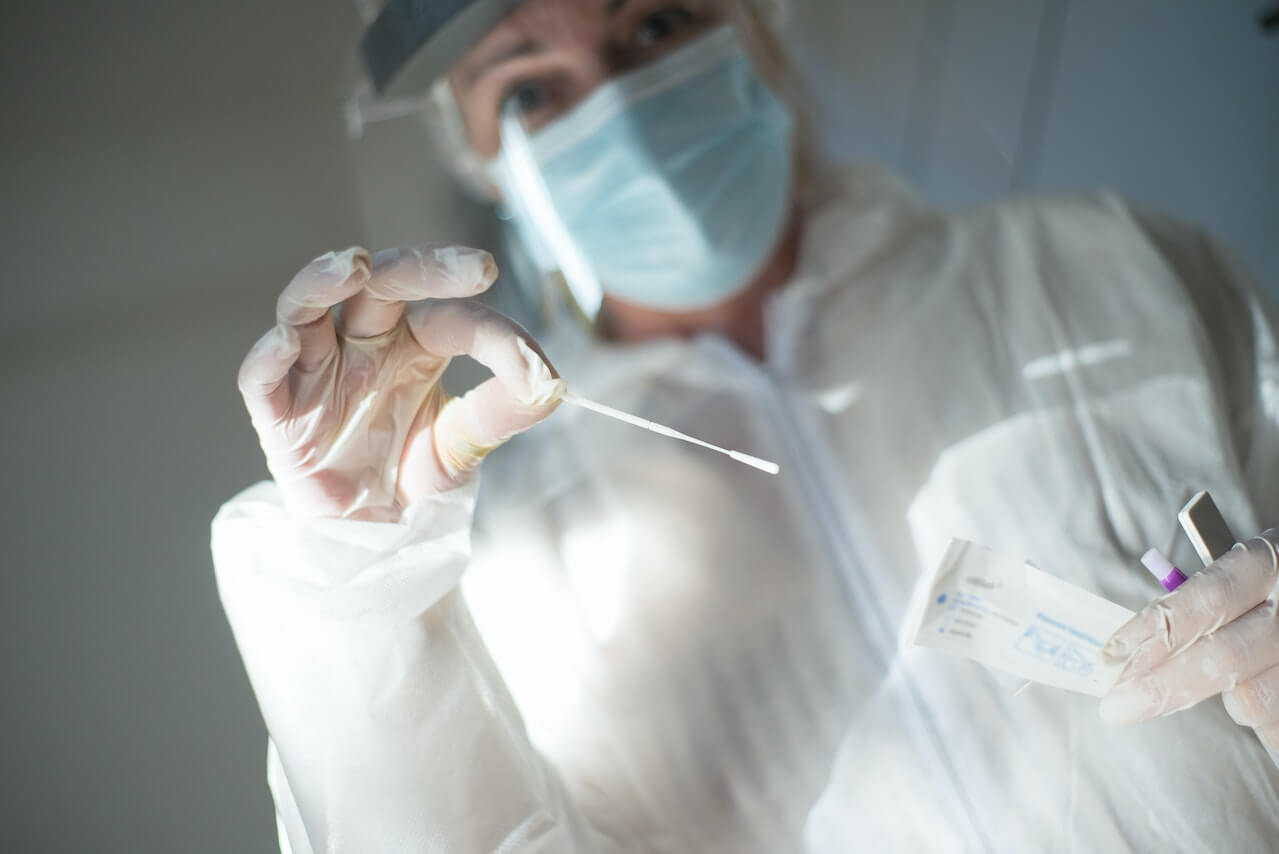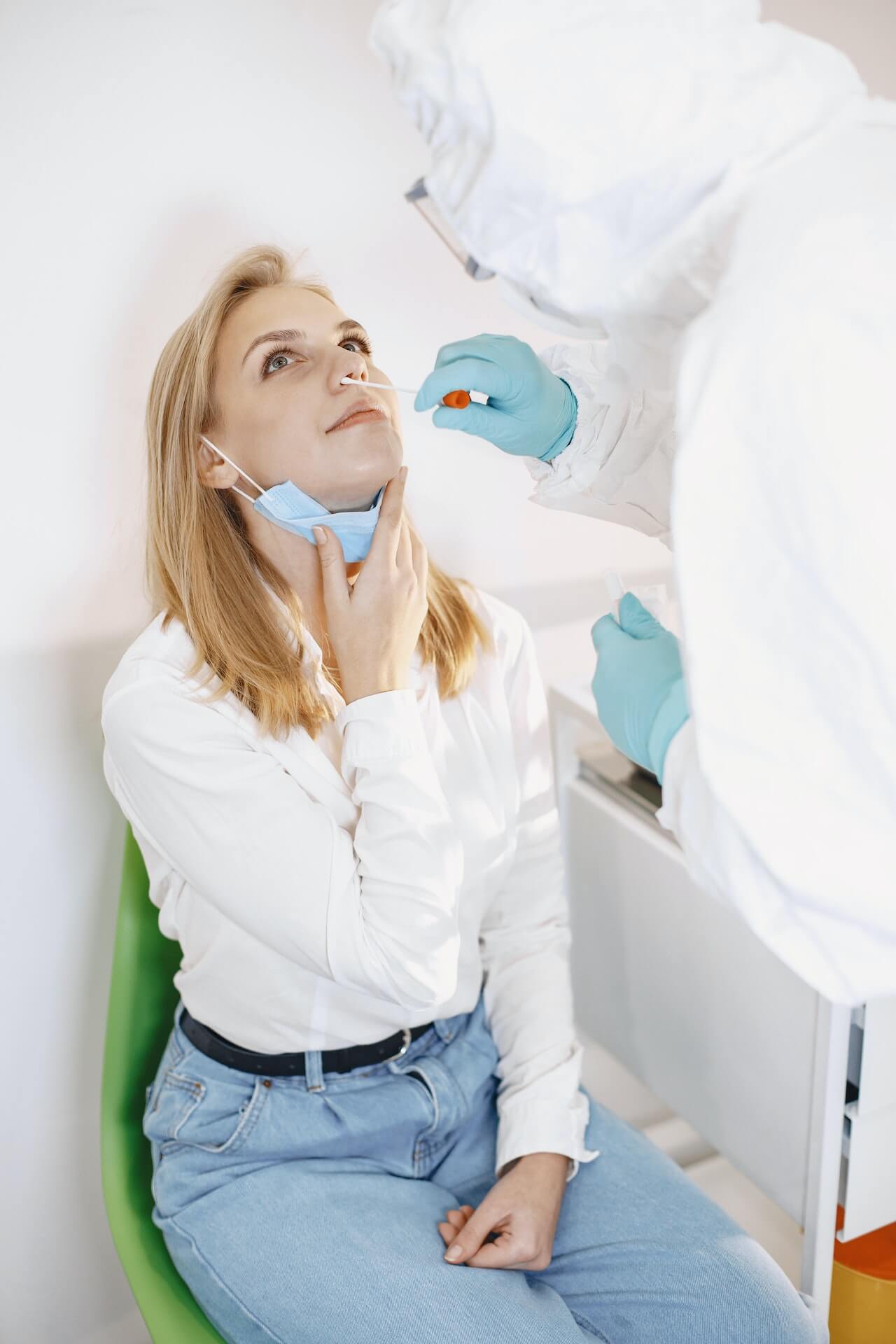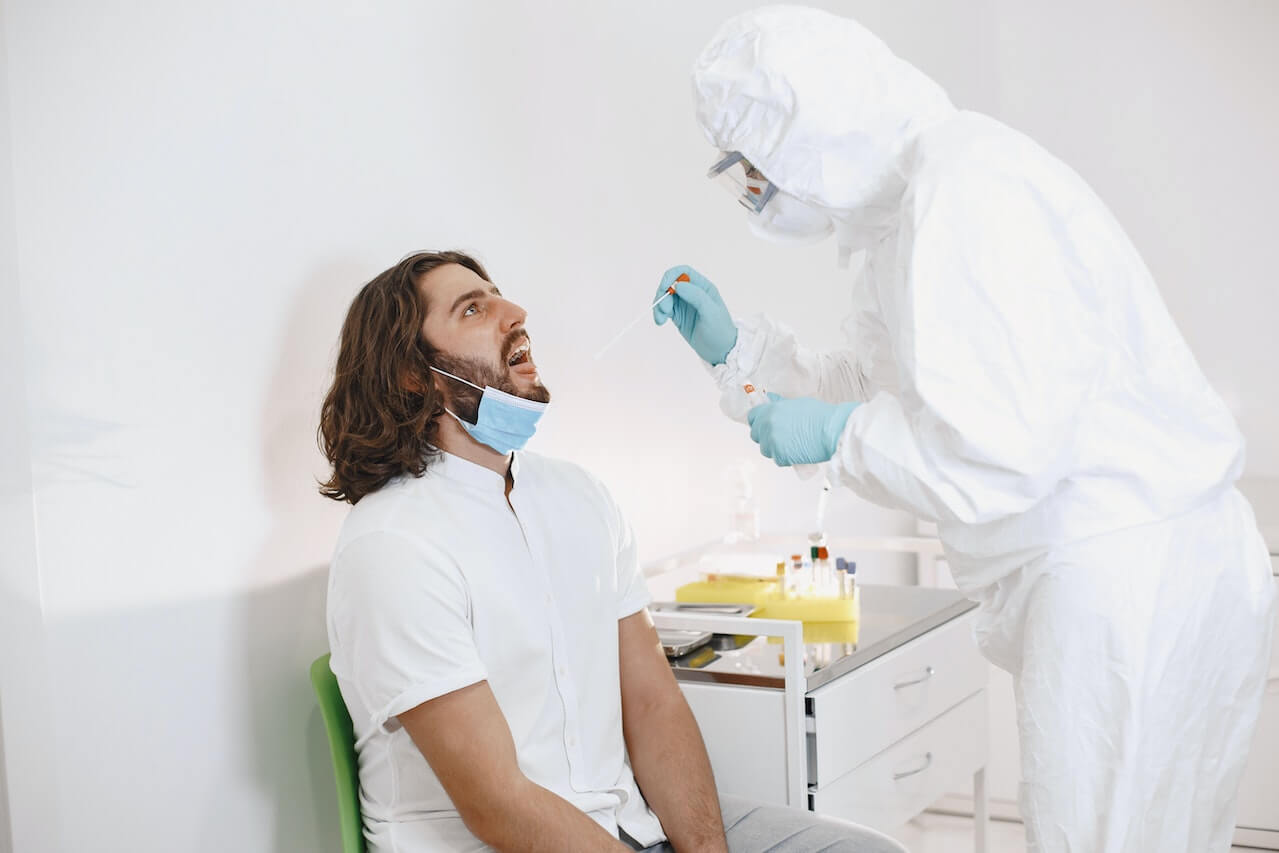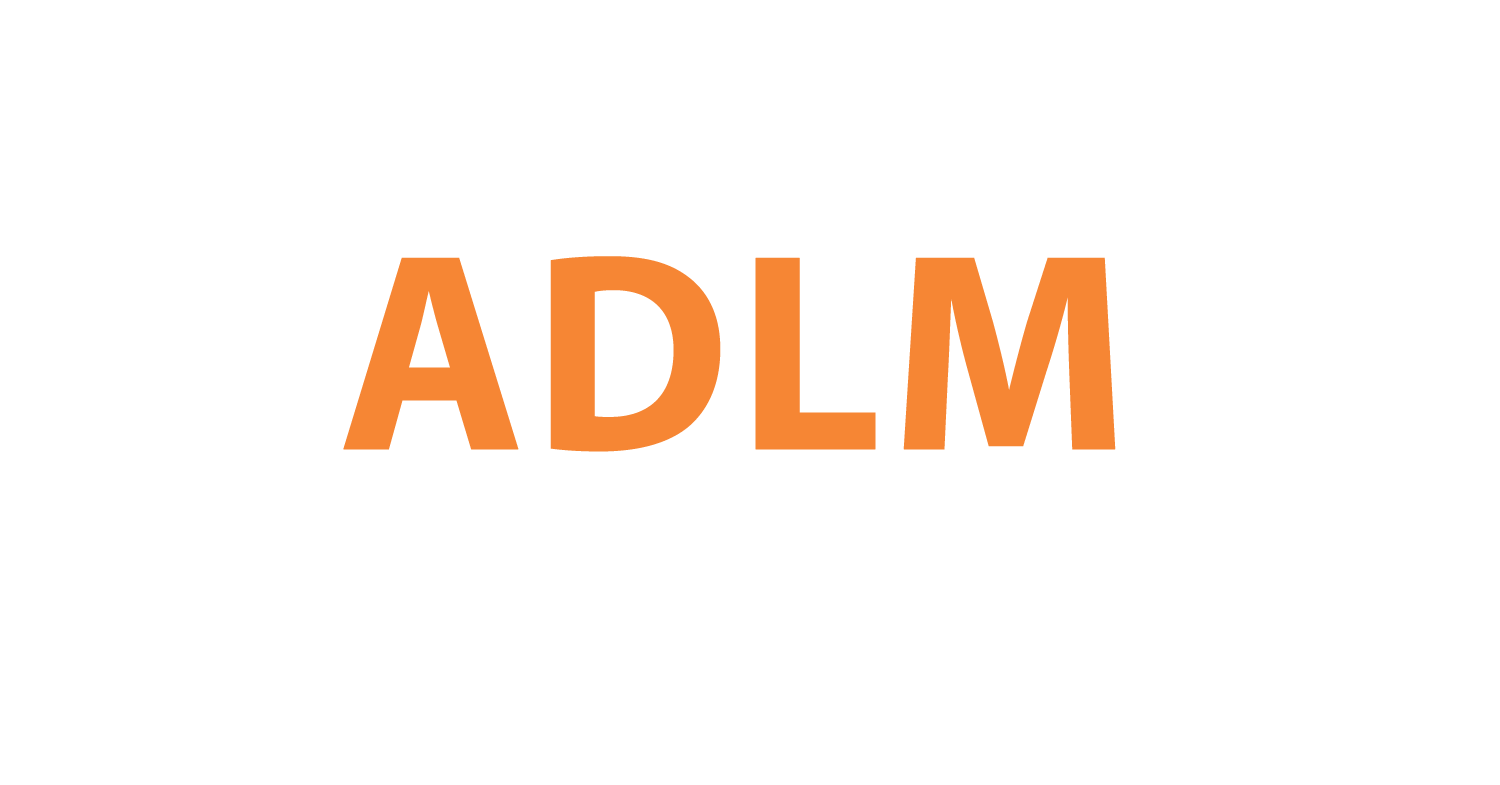Nasopharyngeal Swab vs Oropharyngeal Swab: Which is Better In Specimen Collection?

In October 2022, for hospitals and physicians, a crisis began: the 'Tripledemic'. A triple pandemic consisting of COVID-19, influenza, and respiratory syncytial virus (RSV) is putting additional strain on hospitals and health resources this winter. According to the recent Kaiser Family Foundation, nearly 40 percent of Americans surveyed said the so-called tripledemic has impacted their families in the past month or so. Another problem is long COVID. At some point, long COVID really will become our next serious pandemic. It's estimated that anywhere from 3 to 17 million Americans have long-term effects of COVID.
We need to do a lot to face these problems, including increasing testing and distribution resources, confronting misinformation and vaccination hesitancy, and reducing testing and healthcare worker burnout. In other words, we have a lot to look forward to in terms of increased volume and efficiency. One of these expectations is that we hope to have more home testing kits and testers on standby for shift changes in the future. To get more people involved in outbreak prevention and control efforts, it is important first to get people to understand testing. Here we explain and compare the Nasopharyngeal (NP) and Oropharyngeal (OP) specimen collection to make people understand that swab sampling is necessary and not difficult.
Contents
-
1. The procedure for nasopharyngeal swab collection
-
2. The procedure for oropharyngeal swab collection
-
3. Sample storage and transportation conditions
-
4. Which is more accurate: nasopharyngeal or oropharyngeal swab testing?
1. The procedure for nasopharyngeal swab collection
-
- Take the swab from the sterile pouch. Be sure only to hold the handle and never touch the tip of the swab.
-
- Let the patient remove the mask and blow the nose with a tissue to remove excess secretions from the nasal passages.
-
- Let the patient tilt the head back slightly. Gently insert the swab along the nasal septum into the nasopharynx above the base of the nasal tract until you feel the resistance. The CDC recommends leaving the swab in place for a few seconds to absorb the secretions. Then gently remove the swab while rotating it.
-
- Place the swab into the viral transport medium and break the swab at the indicated line. Replace the cap and screw the cap on tightly.
-
- The sample tube can then be used for self-testing at home or labeled, placed in a biohazard bag and transported to the laboratory under refrigeration.
2. The procedure for oropharyngeal swab collection
-
- As with the nasopharyngeal swab, take the swab from the sterile pouch. Be sure only to hold the handle and never touch the tip of the swab.
-
- Let the patient rinse their mouth with saline while the tester moistens the swab in sterile saline.
-
- Let the patient tilt the head back slightly, open the mouth, and make the "Ah" sound.
-
- Gently insert the swab into the throat and tonsil area, swabbing the tonsils and posterior pharyngeal wall back and forth at least 3 times. Avoid touching the tongue, teeth, and gums. Then gently remove the swab from the mouth.
-
- Place the swab into the viral transport medium and break the swab at the indicated line. Replace the cap and screw the cap on tightly.
-
- The sample tube can then be used for self-testing at home or labeled, placed in a biohazard bag and transported to the laboratory for testing under refrigeration.
-


3. Sample storage and transportation conditions
All specimens should be placed in appropriately sized, gasketed, freeze-resistant sample collection tubes with screwed-on caps when used for laboratory testing. The collection tubes contain 1 to 3 ml of virus preservation solution (e.g., isotonic salt solution, tissue culture solution, or phosphate buffer).
Specimens for virus isolation and nucleic acid testing should be tested as soon as possible. Specimens that can be tested within 24 hours can be stored at 4°C. Specimens that cannot be tested within 24 hours should be frozen at -20°C or below. The testing results of cryopreserved specimens within 72 hours are acceptable.
4. Which is more accurate: nasopharyngeal or oropharyngeal swab testing?
Previous studies have shown that of 2,331 pairs of NP/OP samples, 1,402 (60.1%) were positive for at least one virus, and 393 (16.9%) were positive for more than one virus. Overall, OP swabs were significantly more sensitive than NP swabs for adenovirus (72.4% vs. 57.6%, p<0.01) and 2009 pandemic influenza A (H1N1) virus (91.2% vs. 70.4%, p<0.01). NP specimens were more sensitive than NP swabs for influenza B virus (83.3% vs. 61.5%, p = 0.02), parainfluenza virus 2 (85.7% vs. 85.7% vs. 39.3%, p<0.01), and parainfluenza virus 3 (83.9% vs. 67.4%), p<0.01). There was no significant difference between the two methods for human metapneumovirus, influenza A (H3N2) virus, parainfluenza virus 1, or respiratory syncytial virus.
We should compare the detection accuracy of nasopharyngeal swabs and oropharyngeal swabs comprehensively. Many factors affect the accuracy of testing - the sampling site, sampling technique, and patient cooperation. There are also some non-sampling-related factors, such as the patient's site of infection, viral load, and laboratory testing technique. How we choose the sampling site is only a normal factor of them. Collecting both oropharyngeal swabs and nasopharyngeal specimens can relatively improve accuracy.
The collection of nasopharyngeal swabs and oropharyngeal swabs have their pros and cons from the risk control and patient experience level:
-
- The collection of oropharyngeal swabs requires the opening of the mouth and larger contact with the air. That may increase the risk of cross-infection.
-
- A very small number of people may dislocate the jaw.
-
- Nasopharyngeal swabs are less comfortable, and the patient may react instinctively due to the pain. It may lead to imprecise collecting.
Nasopharyngeal swabs are usually the preferred method of specimen collection for COVID-19 testing. However, all methods are supported by the CDC.
Our 96000A nasopharyngeal flocked swab is a device used to collect respiratory samples. It includes a nasopharyngeal swab, a plastic bag, a label, and an instruction sheet. Before collecting the sample, make sure you have the patient’s medical record number and all the test requirements you need. You will need to collect throat swab specimens and urine specimens. The timing of collection, specimen collection and handling, and test requirements are critical to ensure that the specimens are suitable for RT-PCR testing and to ensure the accuracy of the test results. The specimens should be sent to the laboratory as soon as possible to ensure that they are tested in a timely manner. This is important for public health and the prevention of infectious diseases.
Want to learn more about swab testing?
Mantacc offers a wide range of high-quality swabs covering the full range of nasopharyngeal, oropharyngeal, cervical, anal, and object surface sampling to provide maximum patient comfort. We can also offer a professional customization service if you don't find the right material and size. Please click to view our flocked swab collection or click on the image below to contact our sales team.

Find Products: Nasopharyngeal Swabs, Oropharyngeal Swabs
References:
-
1. Catherine Carver, Nick Jones, Comparative accuracy of oropharyngeal and nasopharyngeal swabs for diagnosis of COVID-19. [Available from CEBM]
-
2. Kim C, Ahmed JA, Eidex RB, Nyoka R, Waiboci LW, Erdman D, Tepo A, Mahamud AS, Kabura W, Nguhi M, Muthoka P, Burton W, Breiman RF, Njenga MK, Katz MA.
Comparison of nasopharyngeal and oropharyngeal swabs for the diagnosis of eight respiratory viruses by real-time reverse transcription-PCR assays. PLoS One. 2011;6(6):e21610. doi: 10.1371/journal.pone.0021610. Epub 2011 Jun 30. [PMC ARTICLE]
Related Posts
Everything You Need To Know About Cervical Specimen Collection
Specimen Collection and the Ongoing Battle Against Tuberculosis in Indigenous Populations
The Science of Detection in Forensic Drug Testing and Specimen Collection Methods
A Comprehensive Guide to Specimen Collection for Gastrointestinal Pathogen Detection
What is An Effective Specimen Collection and Transport System?
What Is a Nasopharyngeal Swab?
How to Obtain a Nasopharyngeal Swab Specimen












